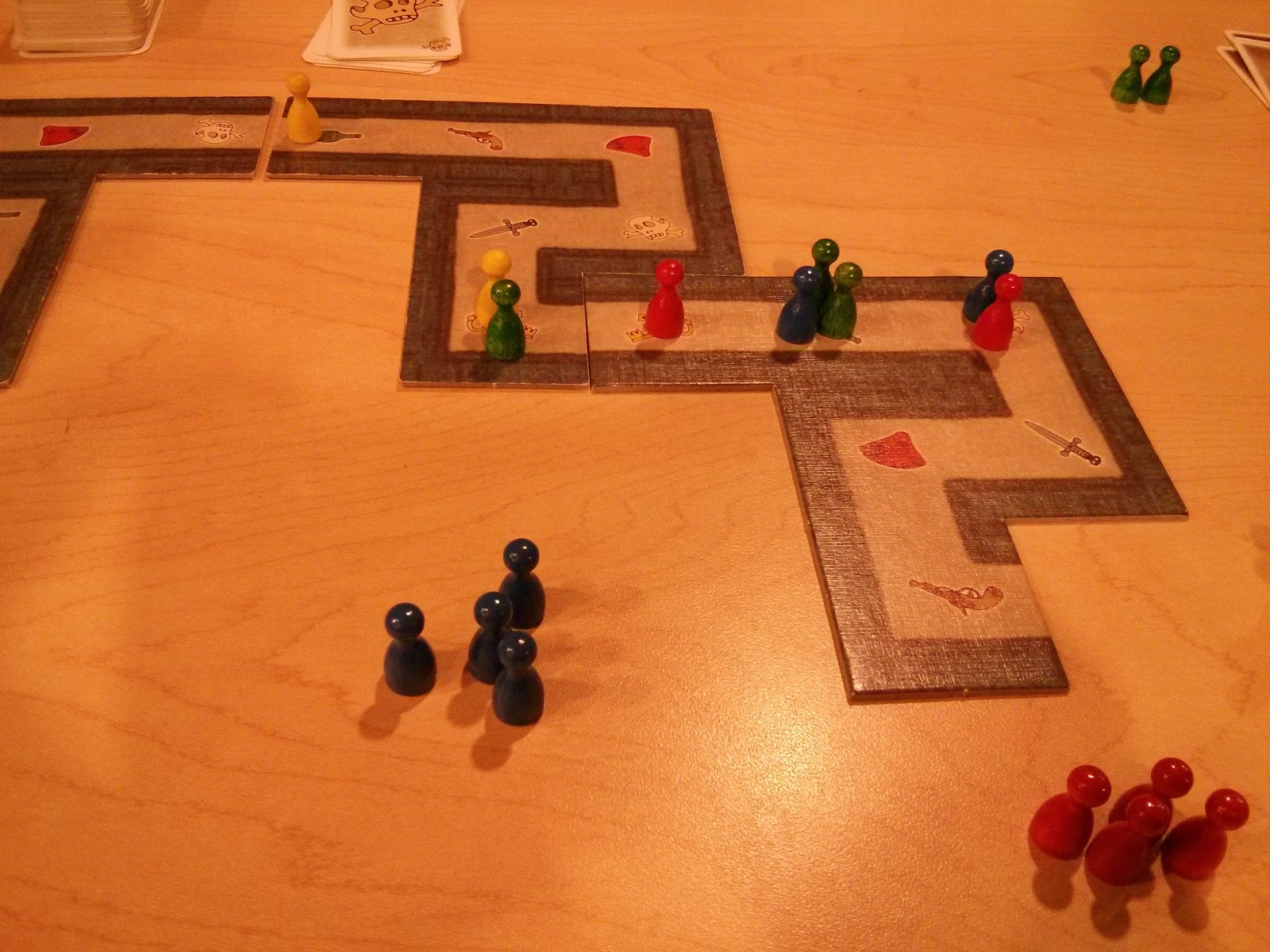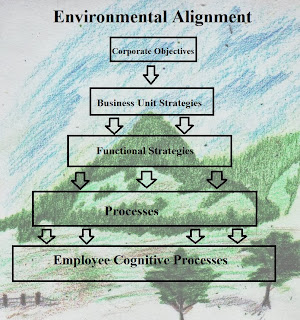Companies that innovate lead the market but often attract
market chasers that seek to gain financial benefits of producing similar
products. For organizations that have invented new products and services this
can be an annoying aspect of doing business if high profits must now be shared
with other market entry companies. To avoid easy access by competitors a
company may desire to use a deterrence or shakeout strategy.
A study in the Journal of Academy of Marketing Science
discusses how evolutionary game theory is used to understand whether a
deterrence strategy and a shakeout strategy are more successful in keeping new
businesses of out the market (Homburg, et. al, 2013). The method a company uses
will determine whether or not they will be effective in ensure the costs are
too high for other firms to pursue.
A deterrence
strategy seeks to block potential competitors from entering the market.
Strategies may include limit pricing, raising switching costs, new innovations,
blocking access to suppliers and sales channels. Through this method the
organization seeks to lock up the potential cost effective methods of
conducting even before the new company moves into the market.
Shakeout strategy
seeks to squeeze out competitors once they have entered the market. This
strategy use predatory pricing, luring customers with deals, comparative
advertising, soaking up market share and other methods that leave the market
unprofitable for the competitor. When this occurs over time the competitor may
opt to move out of the market and adjust their investment strategies.
The shakeout strategy appeared to be more cost effective by
helping to ensure that company expenses once entering the market are high and
their profit margins lower. This effectiveness is based on the optimal costing
strategy of comparative effectiveness of the two strategies. The use of
deterrence is still a solid strategy but only under circumstances where maneuvers
can create cost effectiveness.
Homburg, C. et. al. (2013). Incumbents’ defense strategies:
a comparison of deterrence and shakeout strategy based on evolutionary game
theory. Journal of the Academy of
Marketing Science, 41 (2).

